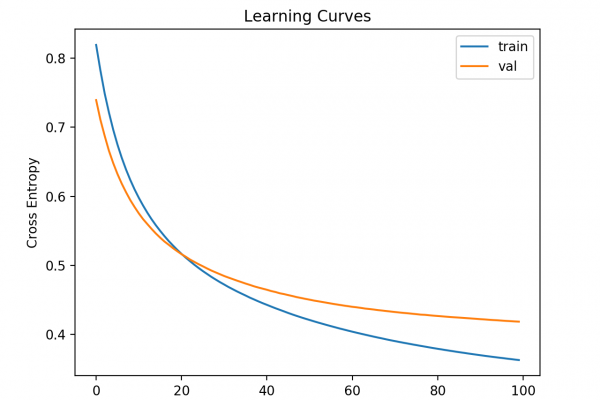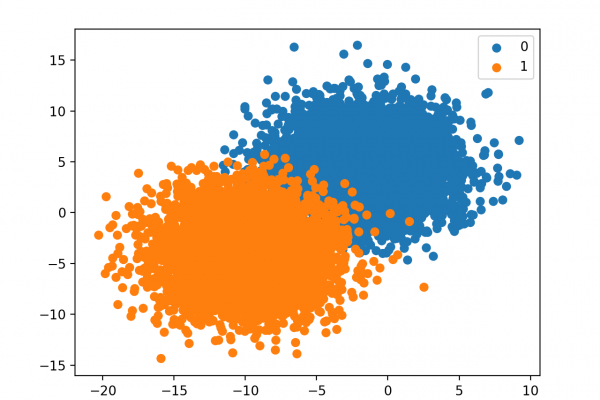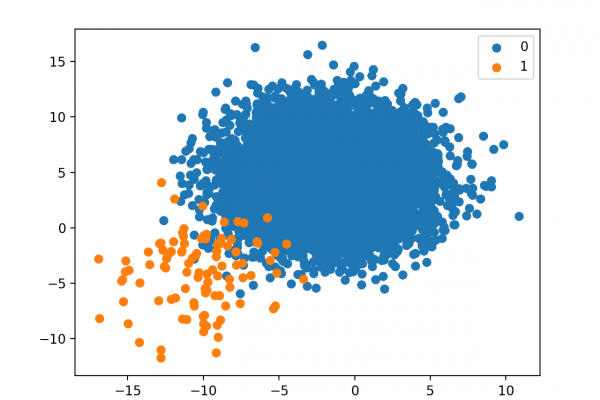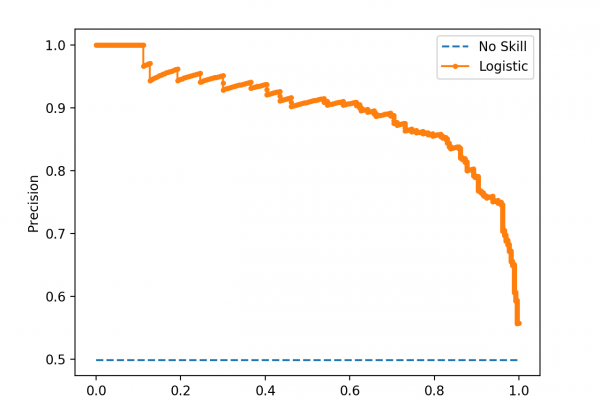Best Results for Standard Machine Learning Datasets
Last Updated on August 28, 2020 It is important that beginner machine learning practitioners practice on small real-world datasets. So-called standard machine learning datasets contain actual observations, fit into memory, and are well studied and well understood. As such, they can be used by beginner practitioners to quickly test, explore, and practice data preparation and modeling techniques. A practitioner can confirm whether they have the data skills required to achieve a good result on a standard machine learning dataset. A […]
Read more








